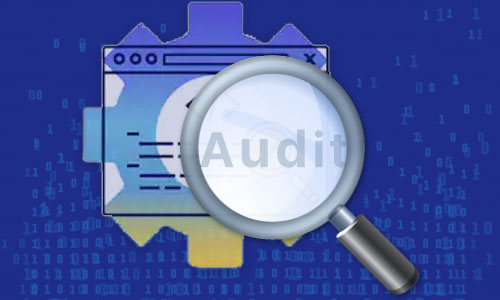The Basics
A Source Code analysis program detects secret bugs, design flaws, and verifies the execution of core security controls. OSC uses a combination of testing techniques and manual analysis to find improper coding methods, backdoors, insertion shortcomings, cross-site scripting shortage, inappropriate use of external resources, poor authentication etc.
Necessity of Performing a Code Audit

- Get to know the present project structure and functionality.
- Find out about existing and potential bugs.
- Detect Bugs and security breaches.
- Validate the current scalability and efficiency.
- Evaluate the extent of application compliance and related risks and costs.
Procedure For The Source Code Auditing
Composition
The First phase of an analysis of the security code is to perform an evaluation by research, accompanied by developing a detailed threat profile.
Specialist Consultant
In order to develop a detailed application analysis strategy, our consultants research the system structure and use a hybrid approach where automatic scans are checked and a custom manual examination is carried out.
Quick Fix
The Next phase in the security code review process, once the application is evaluated , is to check current vulnerabilities and procedure reports that provide solution.
Services We Provide For Source Code Auditing
Source Code Vulnerability
Communication Safety Check
Security Libraries Verification
Preparation And Compilation of Code
Performance Evaluation
Code Review and Checklist
Analysis and Verification
Reporting and Final Presentation
The Source Code Auditing Advantages

- Uncover safety-critical errors and weakness.
- Obtain a detailed audit report.
- Receive expert recommendations for corrective measures.
- Quickly covers the architectural flaws which lead to security vulnerability.
- The interaction between the source code auditor and developer raises the awareness in the developer team.
- Source code helps in minimizing the cost in terms of both business and developers.